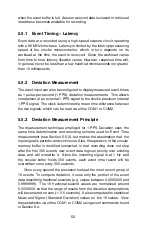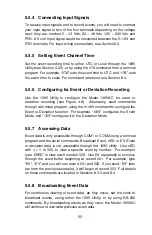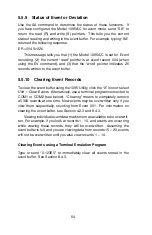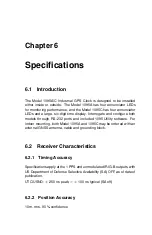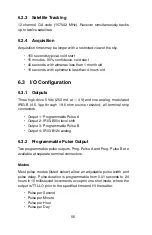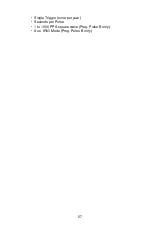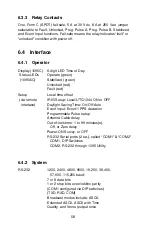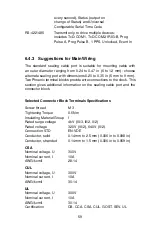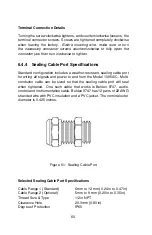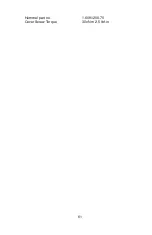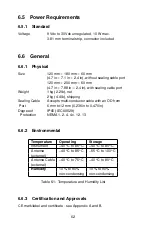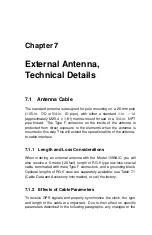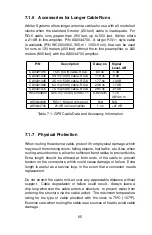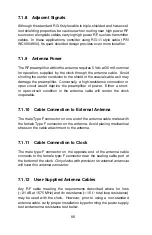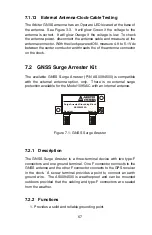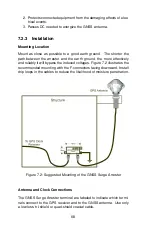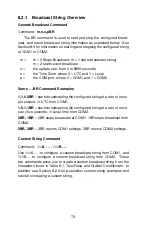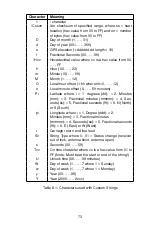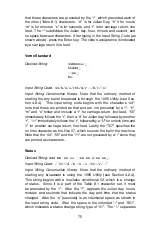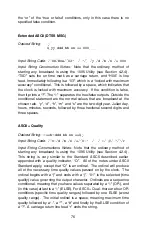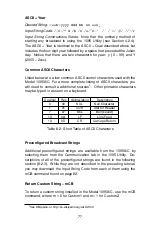
7.1.8
Adjacent Signals
Although the standard RG-6 style cable is triple-shielded and has excel-
lent shielding properties, be cautious when routing near high power RF
sources or alongside cables carrying high power RF, such as transmitter
cables. In these applications, consider using RG-11 style cable (P/N
WC0004900). Its quad-shielded design provides even more isolation.
7.1.9
Antenna Power
The RF preamplifier within the antenna requires 5 Vdc at 30 mA nominal
for operation, supplied by the clock through the antenna cable. Avoid
shorting the center conductor to the shield of the coaxial cable as it may
damage the preamplifier. Conversely, a high-resistance connection or
open circuit would deprive the preamplifier of power. Either a short-
or open-circuit condition in the antenna cable will render the clock
inoperable.
7.1.10
Cable Connection to External Antenna
The male Type F connector on one end of the antenna cable mates with
the female Type F connector on the antenna. Avoid placing mechanical
stress on the cable attachment to the antenna.
7.1.11
Cable Connection to Clock
The male type-F connector on the opposite end of the antenna cable
connects to the female type-F connector near the sealing cable port at
the bottom of the clock.
Only clocks with provision for external antennas
will have this antenna connector
.
7.1.12
User-Supplied Antenna Cables
Any RF cable meeting the requirements described above for loss
(
<
21 dB at 1575 MHz) and dc resistance (
<
15
W
total loop resistance)
may be used with the clock. However, prior to using a non-standard
antenna cable, verify proper installation by performing the power supply
test and antenna resistance test below.
66

